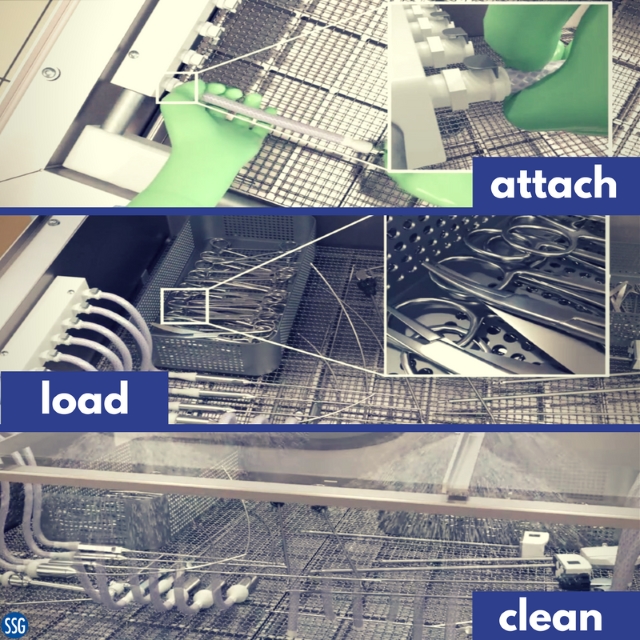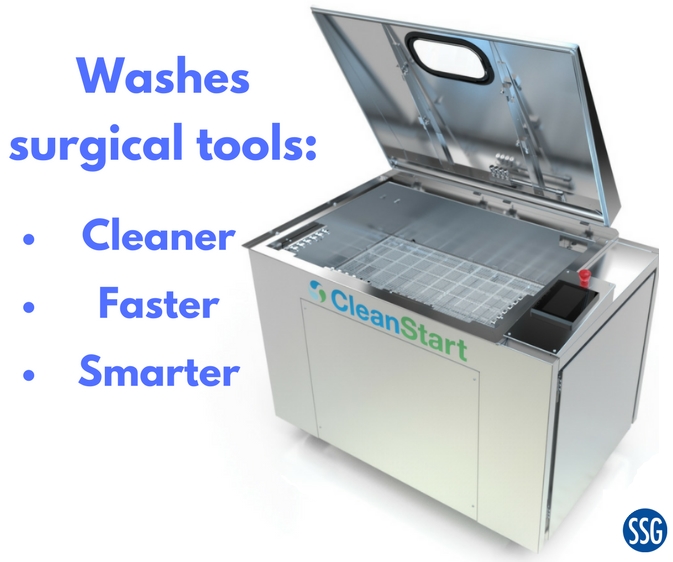HAIs Cost Hospitals $16.6 Billion Per Year

The Risk of Improperly Cleaned Surgical Instruments
Bioburden can still remain on surgical instruments even after washing. Manual cleaning instruments may not effectively reach every nook and cranny, especially of a cannulated instrument and sharp instruments. The performance, training, and types of tools available to staff also affects how thoroughly the tools are cleaned. Most washing machines only wash the contaminated instrument (instead of disinfecting them), which may not remove all microscopic residues or gross debris. This bacteria in this residue can spread, which allows room for major complications in what may be an otherwise simple surgery. Would you want surgical tools with residue from the previous surgery used on you or your loved one?
Ultrasonic Washers Guarantee Cleaner Instruments
n ultrasonic washer for surgical instruments is a cleaning solution that goes above and beyond, guaranteeing cleaner, faster results every time. By using a combination of disinfecting processes like cavitation, with enzymatic cleaning solutions and detergents, the ultrasonic washers clean instruments inside and out in less than 40 minutes.
So how does it work? A 9-step process leaves instruments thoroughly cleaned inside and out.
- Instruments are loaded into the washer. Cannulated instruments are attached to one of 24 ports, and non-cannulated instruments are placed in the tray. You can use your own baskets or new ones.
- Push the start button—that’s it. The washer will take care of the rest of the cycle automatically.
- The tank fills and the ports are flushed with 120°F water and enzymatic solution, which the instruments soak in for 21 minutes. This loosens any debris in preparation for the next steps.
- The washer flushes a mixture of air and fresh water through the ports. Due to ultrasonic action, microbubbles formed within the tube implode to dislodge any bioburden.
- The ports flush 196°F fresh water through the cannulated instruments for four minutes. This occurs three separate times in one wash cycle.
- The drains open to empty the wash tank.
- An 196°F fresh water spray rinses the exterior of the instruments for another four minutes.
- A two-minute cold water ozone spray removed contaminates without leaving chemical deposits.
- A staff member removes the tools from the washer, which are ready for the sterilization process.
Take Charge of Your Hospital’s Patient Safety
If you want a fast way to improve patient safety and satisfaction, contact Southwest Solutions Group® for a free consultation to see if the ultrasonic washer for surgical instruments is the right choice for your hospital. We strive to find the right solution that meets all of our client’s varied needs. For more information or to speak with a specialist, call us at 1-866-904-5216 or send us a message today.





